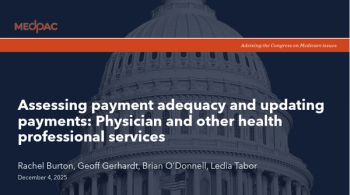
Segregated hospital admissions worsens health outcomes for Black and white patients
But harm is greater among Black patients, study finds
The study’s authors set out to examine the effects of hospital segregation, which they define as the degree to which patients get care at different hospitals within the same market based on their race. To find out, they examined Medicare claims data and outcomes for patients at 4,386 hospitals across 280 hospital referral regions (HRRs).
Quality was measured using three measures from the 2018 Agency for Healthcare Research and Quality’s Social Determinants of Health database. Segregation was measured according to the dissimilarity index and the isolation index, both commonly used measurements of degrees of residential segregation.
The results showed that segregation in hospital care is closely linked to residential segregation, and that higher levels of segregation in hospital care were associated with worse outcomes among both Blacks and whites, but especially for Blacks. For example, a 1-Standard Deviation increase in the hospital isolation index led to a 28% increase from the median in Prevention Quality Indicator hospitalizations per 100,000 Black Medicare beneficiaries compared to a 6% increase per 100,000 white beneficiaries.
The authors note that segregation in hospital settings supports the idea that residential segregation not only exposes racial and ethnic minority groups to harmful environmental conditions but limits their access to high-quality health care services that could mitigate the harm. Moreover, efforts to address racism in health care have focused more on issues of interpersonal discrimination, such as
In addition, they say, efforts to reform health care payments through the Medicare Shared Savings Program could result in shifting resources away from Black communities, thereby exacerbating racial inequities. This makes it imperatives for the Centers for Medicare & Medicaid Services to “continually monitor program results and adjust program design to direct resources into, and not away from, communities where resources are most needed.”
The study, “Segregated Patterns of Hospital Care Delivery and Health Outcomes” was published November 22 in JAMA Health Forum.
Newsletter
Stay informed and empowered with Medical Economics enewsletter, delivering expert insights, financial strategies, practice management tips and technology trends — tailored for today’s physicians.















